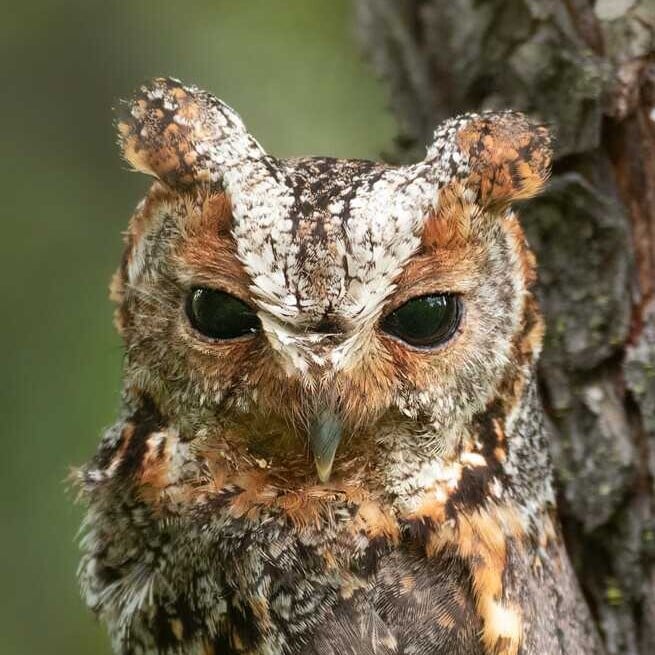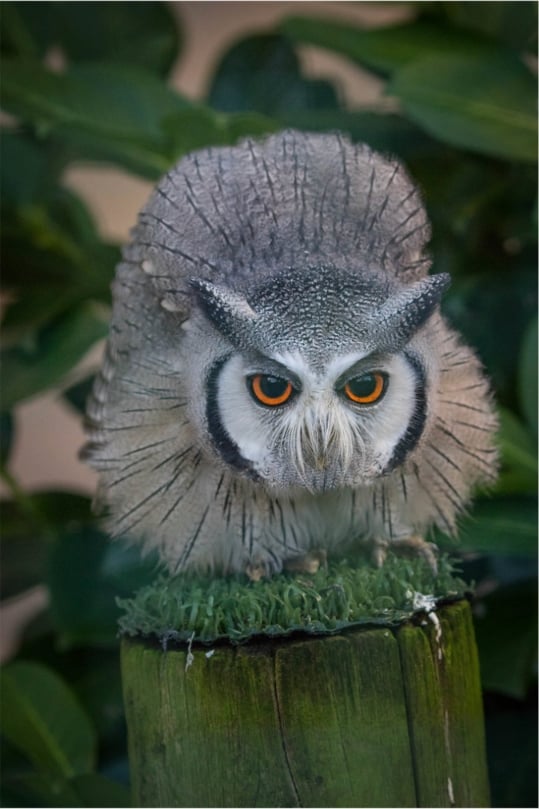From A Place Called Hope
Lucky Barred Owl hoooo was saved and transported to APCH for care
Lead photo is after the successful surgery.
Rescued, hydrated, medicated, and set and wrapped for recovery!
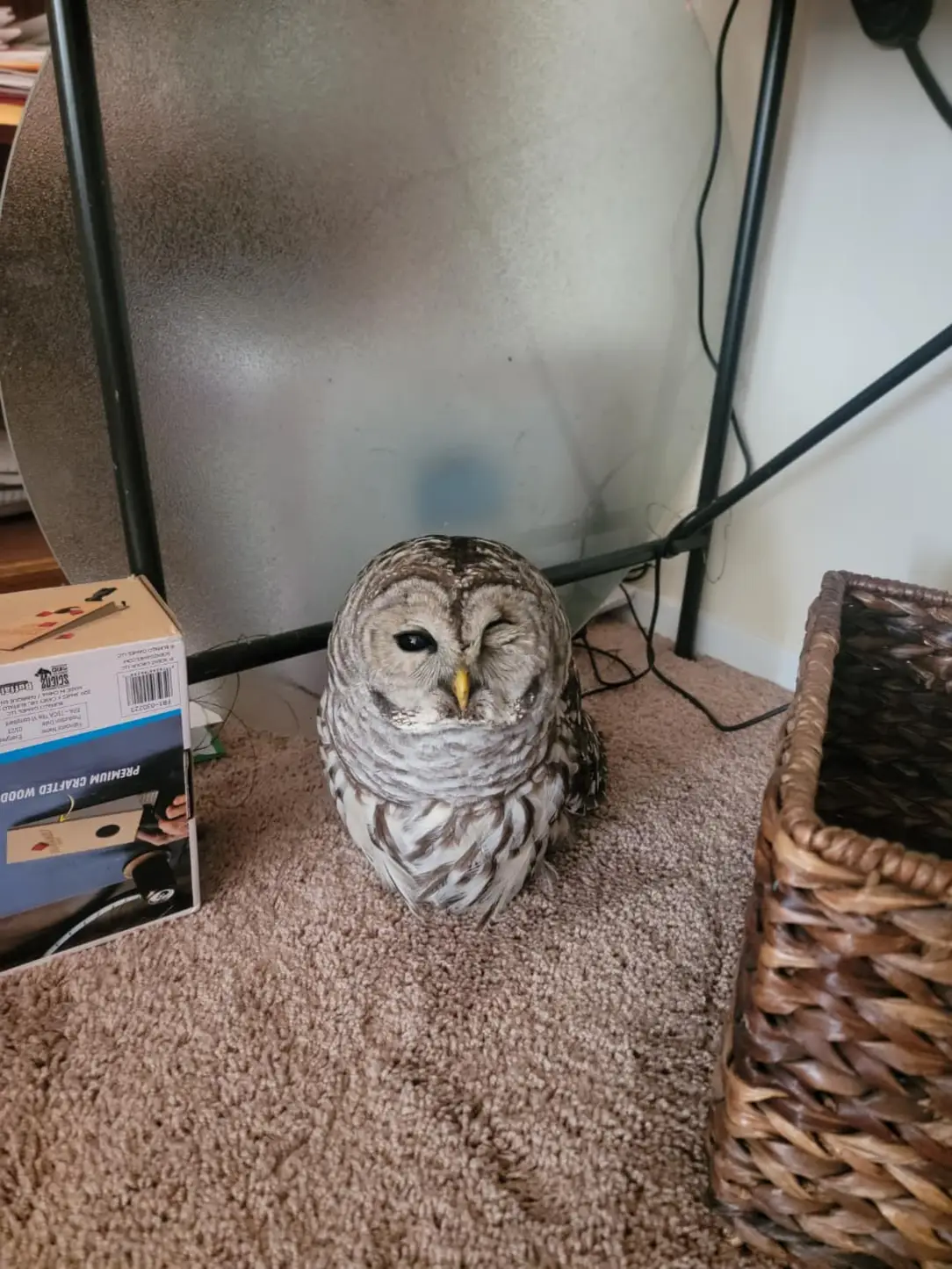
On intake after being rescued from the roadside
X-ray Image
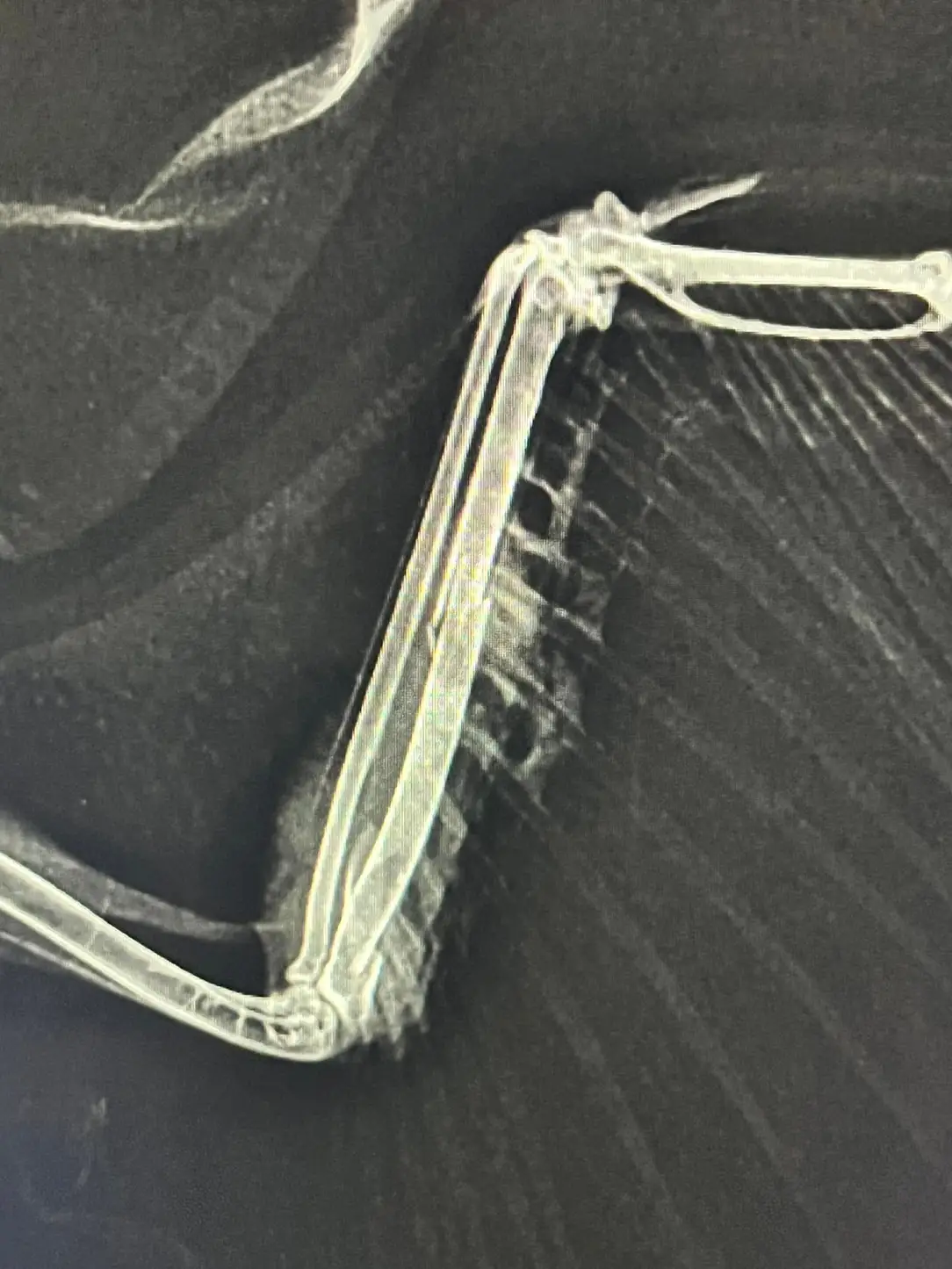
Broken Ulna
X-ray Image
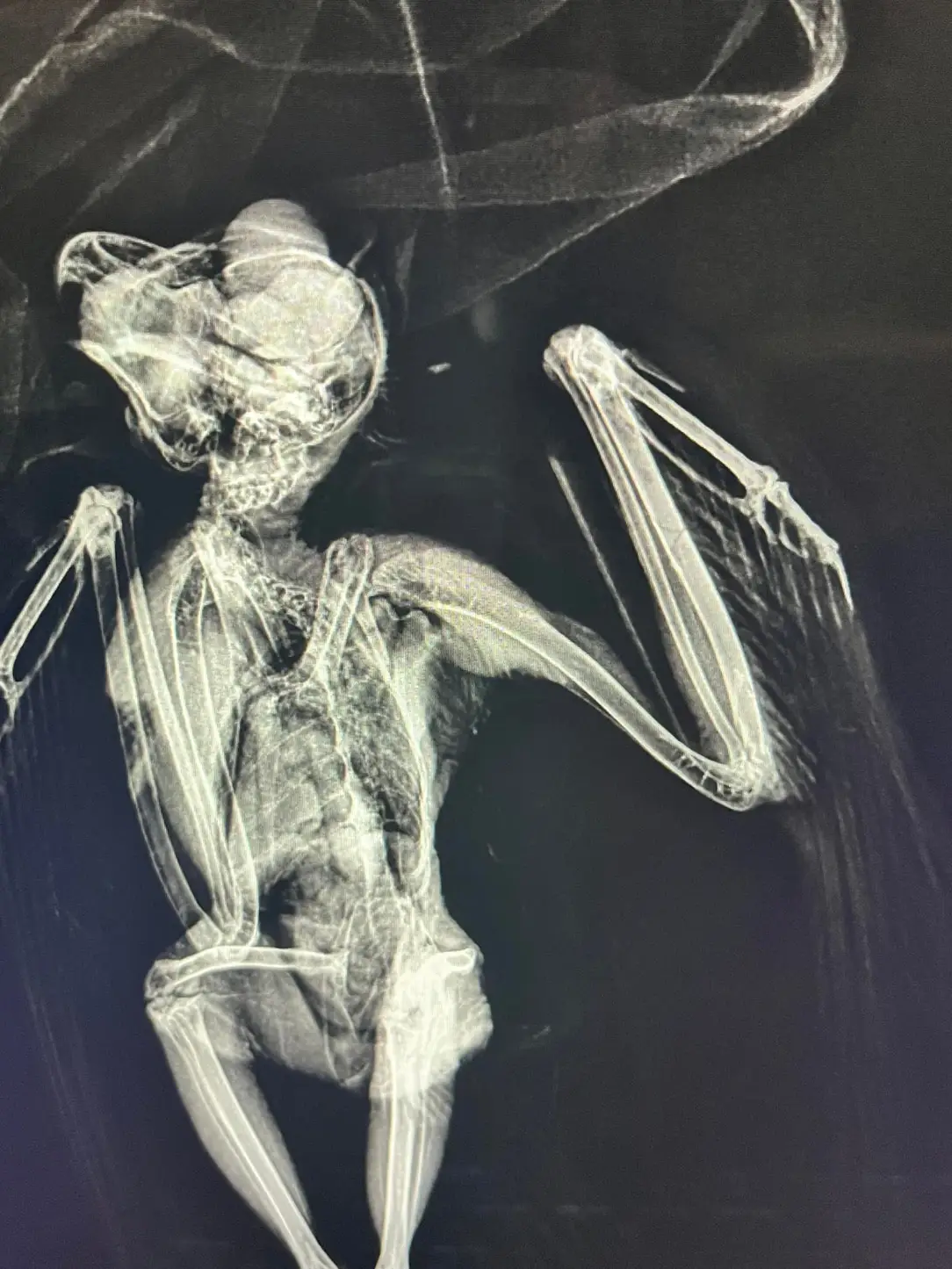
Bone has been set. You can see the coiled neck vertebrae that let them turn their head in all those crazy directions.
That’s a lot of tiny bones in what looks like a pretty short neck (at least from the outside). Also interesting how the blood flow works. You mentioned a little bit about that before, so I got curious and found this:
Also, it has recently been discovered that in the owl neck, one of the major arteries feeding the brain passes through bony holes in the vertebrae. These hollow cavities are approximately 10 times larger in diameter than the vertebral artery travelling through it. The extra space … creates a set of cushioning air pockets that allow the artery to move around when twisted.
Blood vessels at the base of the head, just under the jaw bone, can also act as contractile blood reservoirs, allowing owls to pool blood to meet the energy needs of their large brains and eyes, while they rotate their heads.
That’s a nice write up in your link. I’ll have to read that today.
I believe the neck typically looks short because the coil of bones is typically relaxed down into itself, but if they need to do that rotation where the eyes end up at the bottom or they go into the defensive posture where they try to initiate a branch, then they can stretch it out long
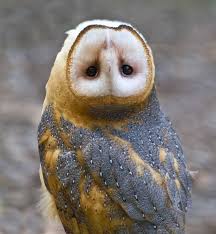
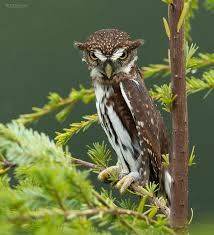
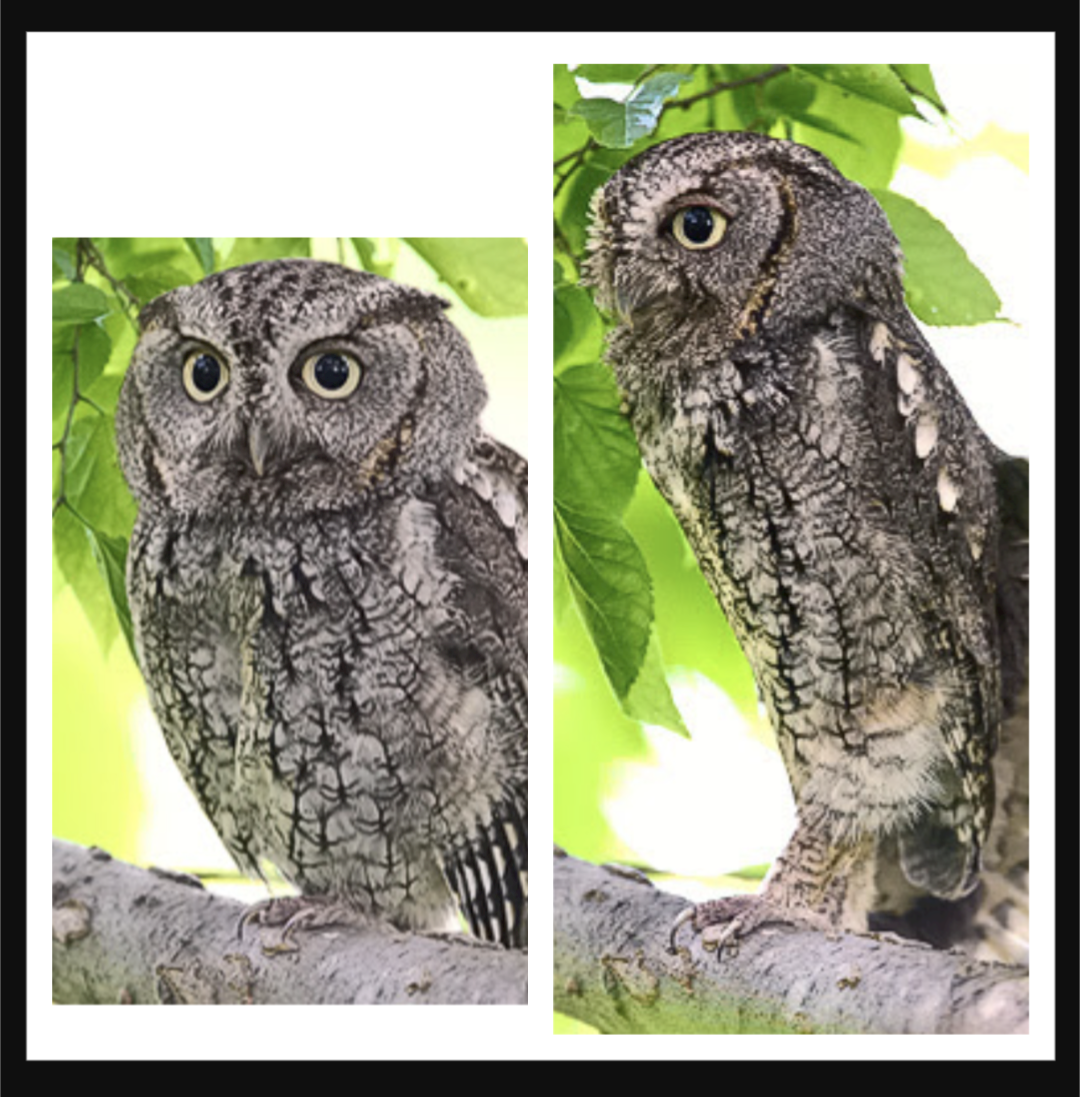
I still want to do a write up about their respiratory system with all the air sacs they have. It’s really cool they basically have a natural fighter pilot pressure suit, with reserves of air and blood so they don’t blackout or redout from the maneuvers they do.
There was a lot in that article. Don’t share it too much or you could put me out of a job! It has most of the stuff I’ve covered in the last year here! 😜
It was interesting they listed owls as having anisodactyl feet (3 front toes, 1 rear toe) as I always see them listed as zygodactyl (2 + 2). Searching showed a few others listing owls as anisodactyl, but the majority seems to refer to them as zygodactyl. I feel in pics, zygodactyl seems to be much more common when they sit, plus it’s always zygodactyl when they’re grabbing prey.
